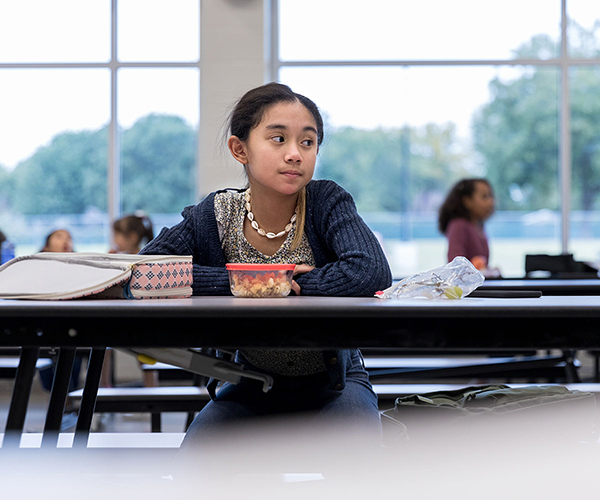
Children and adolescents often experience stress after being excluded or ignored by their peers. This stress can impact their subsequent behaviors, including snacking patterns, that go on to affect their future health and well-being.
Researchers from NICHD’s Social and Behavioral Sciences Branch and their collaborators evaluated how 8-year-olds responded to a laboratory simulation that mimics social exclusion. After the simulation, the children were offered prepackaged snacks and given the opportunity to eat what they wanted. The researchers measured the children’s heart rate variability (as an indicator of stress), their self-reports of social anxiety, and future body mass index (BMI) scores at ages 9 and 10.
- The findings show that greater stress alone in response to social exclusion from the simulation was not associated with more calories consumed and was not linked to a higher BMI score at age 10.
- However, among children who self-reported high social anxiety, each 1% increase in stress from the simulation was associated with an increase of 1.27 kilocalories of snack food consumed.
- Among children with high social anxiety, this increased snacking in response to stress from social exclusion predicted higher BMI at age 10.
- The work suggests that initiatives to reduce childhood obesity should include ways to identify and reduce stress caused by social exclusion.
Reference
Pink AE, Teo R, Chua B, Kong F, Nadarajan R, Pei JY, Tan CHY, Toh JY, Chong YS, Tan KH, Yap F, Meaney MJ, Broekman BFP, and Cheon BK. The effects of acute social ostracism on subsequent snacking behavior and future body mass index in children International Journal of Obesity DOI: 10.1038/s41366-024-01489-4 (2024)
Learn more about the Division of Population Health Research (DiPHR): https://www.nichd.nih.gov/about/org/dir/dph.
 BACK TO TOP
BACK TO TOP